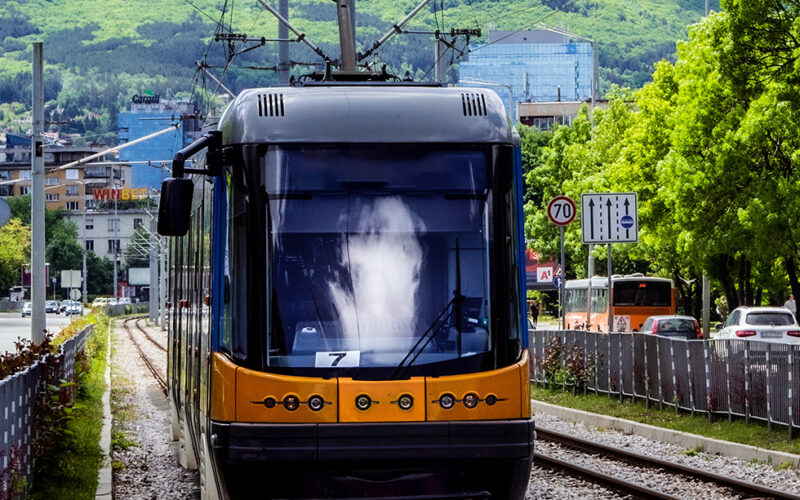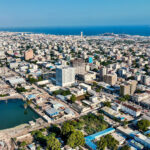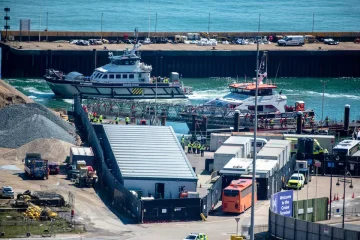MORE African countries are deploying light rails and tramways to facilitate urban mobility as population growth in Africa’s major cities continues to surge.
Angola’s capital is set to inaugurate its first tramway line in a partnership with Siemens, through the German company’s railway construction subsidiary, Siemens Mobility.
According to Metro Report International, a global railway news reporting agency, the US$1.4 billion (1.3 billion euros) project includes 39 km of double-track light rail linking the port of Luanda with Kilamba, a major housing development southeast of Luanda.
“Siemens Mobility has confirmed to Metro Report International that it is working with the Ministry of Transport on a light rail scheme in Luanda,” Metro Report International reports in an article published on December 1.
In March 2023, President João Lourenço announced the conclusion of the contract for the design, construction, implementation, and supply of equipment and technology related to the Yellow Line of the Luanda Surface Metro.
Luanda is one of several fast-growing African mega-cities. Its population is expected to double to more than 12 million by 2040, according to a 2023 report by McKinsey. The McKinsey report shows the continent will have 12 megacities.
However, the increase in urban population comes with challenges, especially in the transport sector, characterized by congestion and prolonged commuting times, especially during peak hours.
In Luanda, government-commissioned studies show that mobility delays in the city cost the country a staggering 4% of the national GDP.
The four-car light rail system with its 24 stops and tram maintenance facilities on both ends of the rail is expected to be a major boost not only to intra-city commuting but also to inter-city transport.
Angola’s urban commuting ambitions mirror those of other major cities on the continent.
According to Afrik21, tramway networks span 15 African cities. In Morocco, Casablanca and Rabat-Salé have six operational lines with a total of 156 stations.
“But it is Algeria that has the largest number of stations (173) in North Africa, with seven tramways in the cities of Algiers, Constantine, Oran and Sétif, among others,” Afrik21 reports.
More recent developments continue to take place in some of the continent’s fastest-growing cities as governments and metropolitan administrators strive to roll out light rail and tramways.
Egypt’s Light Rail Transit is on course, with recent developments meant to link El Salam City with the New Administrative Capital via the 10th of Ramadan City. According to AVIC International Holding Corporation, the Chinese company implementing the project, the project will cost US$1.2 billion.
Lagos, Africa’s most populous city, recently rolled out full operations on its new Blue Line in September, after officially launching the state-of-the-art line in December 2022. The 13-kilometer Blue Line is the first phase of a planned 27-kilometer line, which is expected to significantly ease traffic in the city by carrying up to 500,000 passengers daily when fully operational.
The Numbeo traffic index for mid-2023 — a measure of commute time, dissatisfaction with time spent in traffic, CO2 emissions, and overall traffic system inefficiencies — ranked Lagos at number 1 in the world, higher than cities renowned for their gridlocked roads, like Los Angeles, Colombo, Dhaka, Delhi, Kolkata and Mexico City.
However, according to Lucas Ostjen, a Cairo-based rail systems manager at Hill International Inc., the effectiveness of tramways will also depend heavily on traffic control and urban management in the city of deployment.
“A tramway runs on the street just like a bus. If the city and the citizens do not adhere to the traffic rules, it becomes hard to operate it as you have an uncontrollable hazard,” he explained in a written response to questions from bird story agency.
Other important considerations, according to Ostjen, include the consideration of the concessions that the government will make to ensure the public uses the service to ensure it generates revenue.
Useful links:- Siemens working on €1·3bn light rail scheme in Luanda
- ANGOLA: negotiations with Siemens for the construction of a tramway in Luanda














